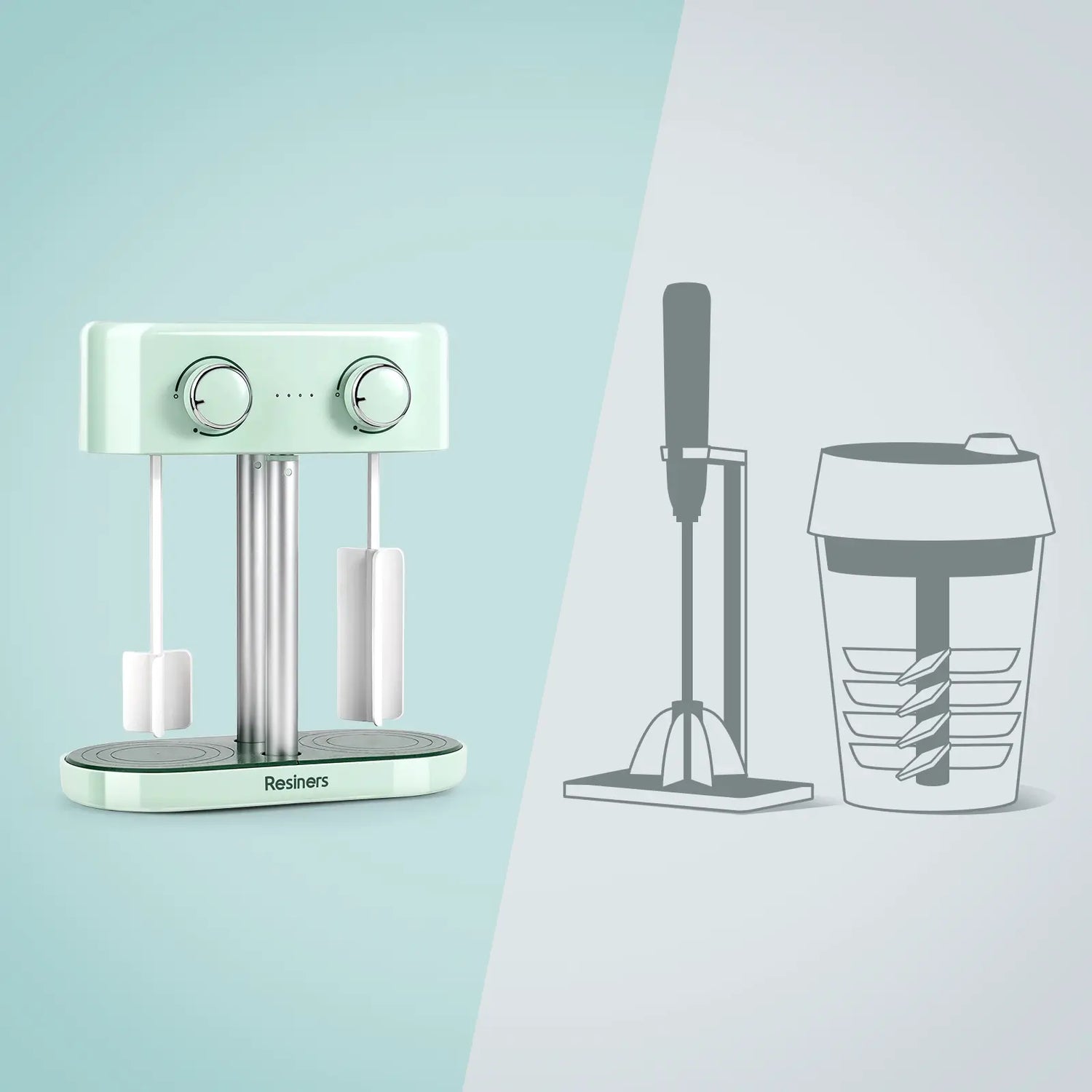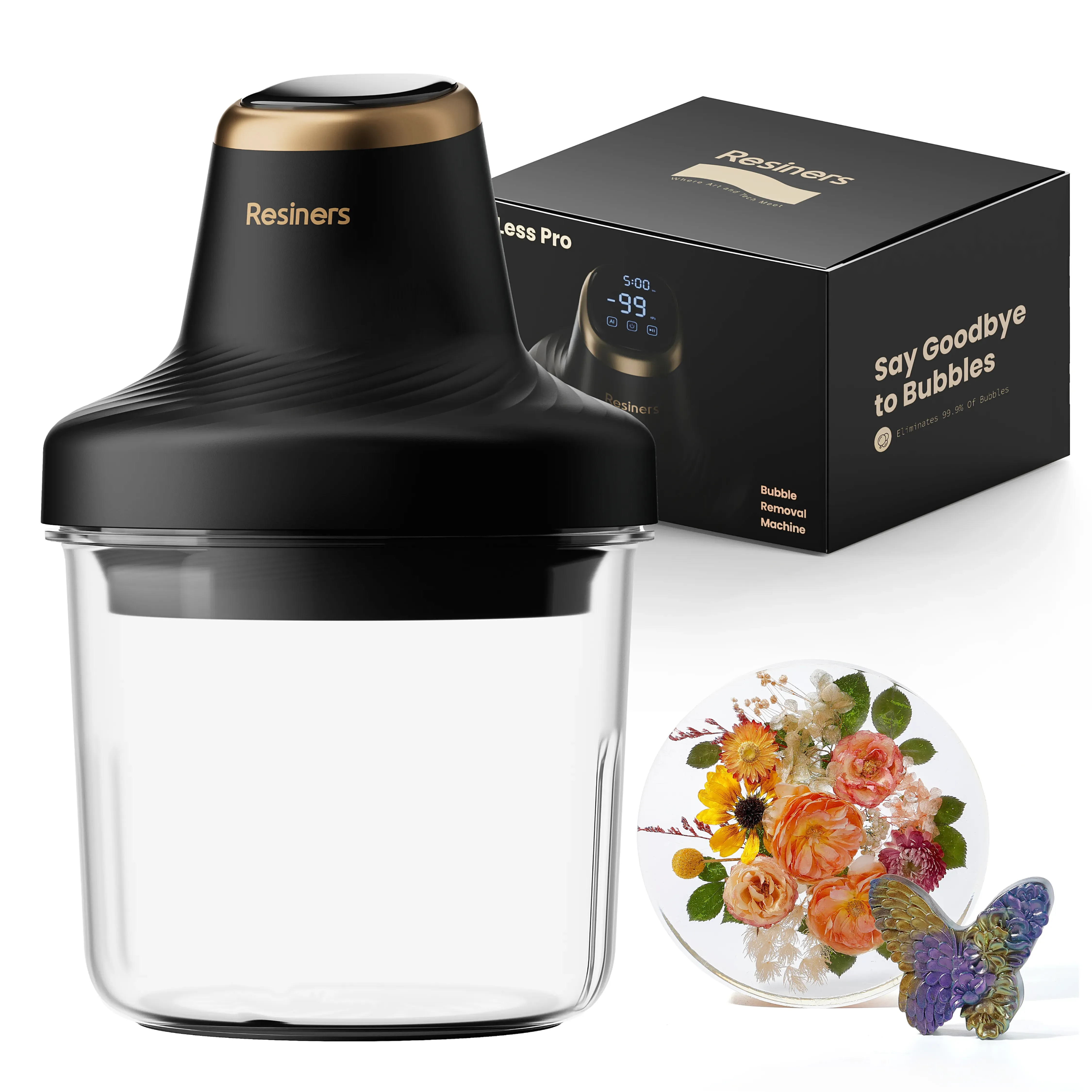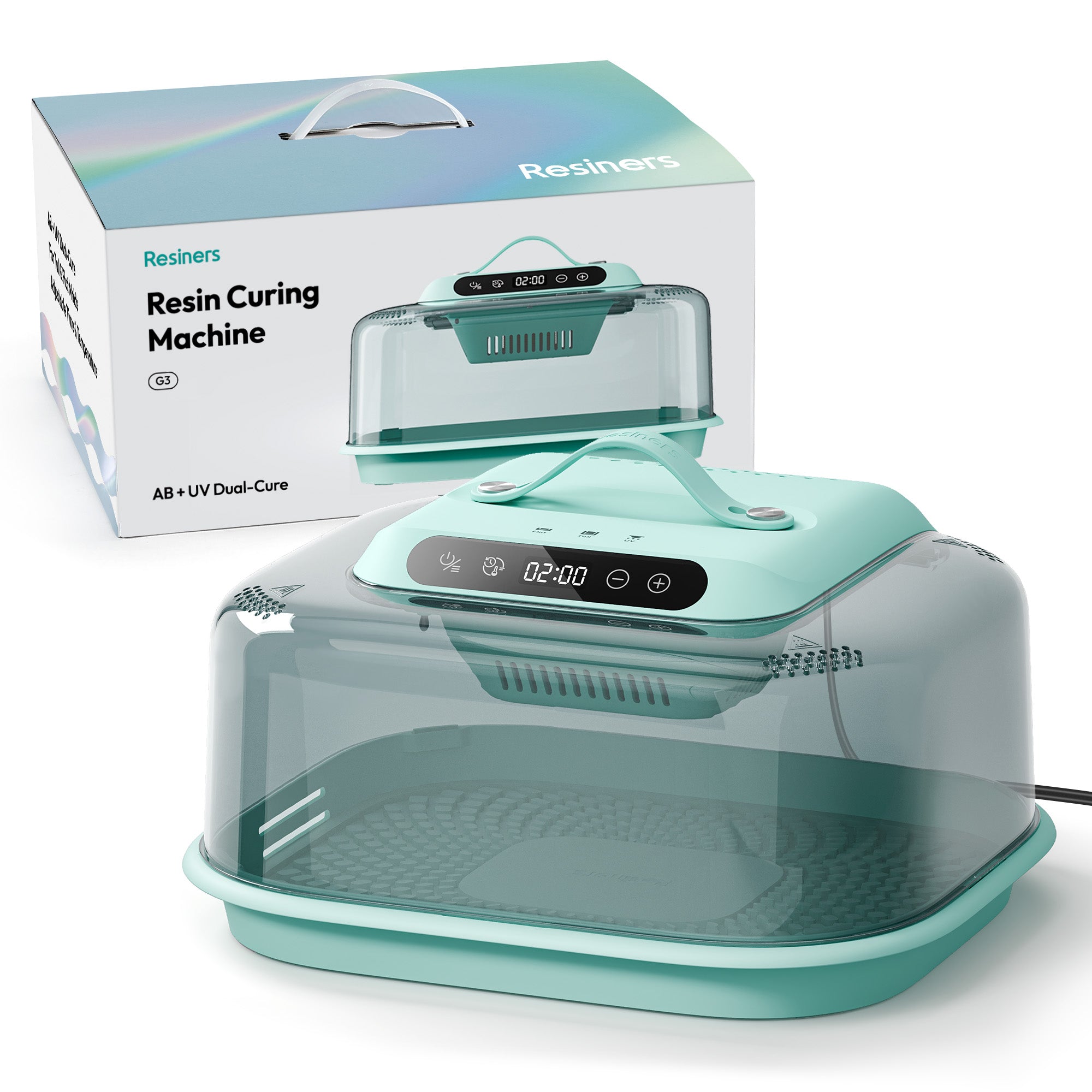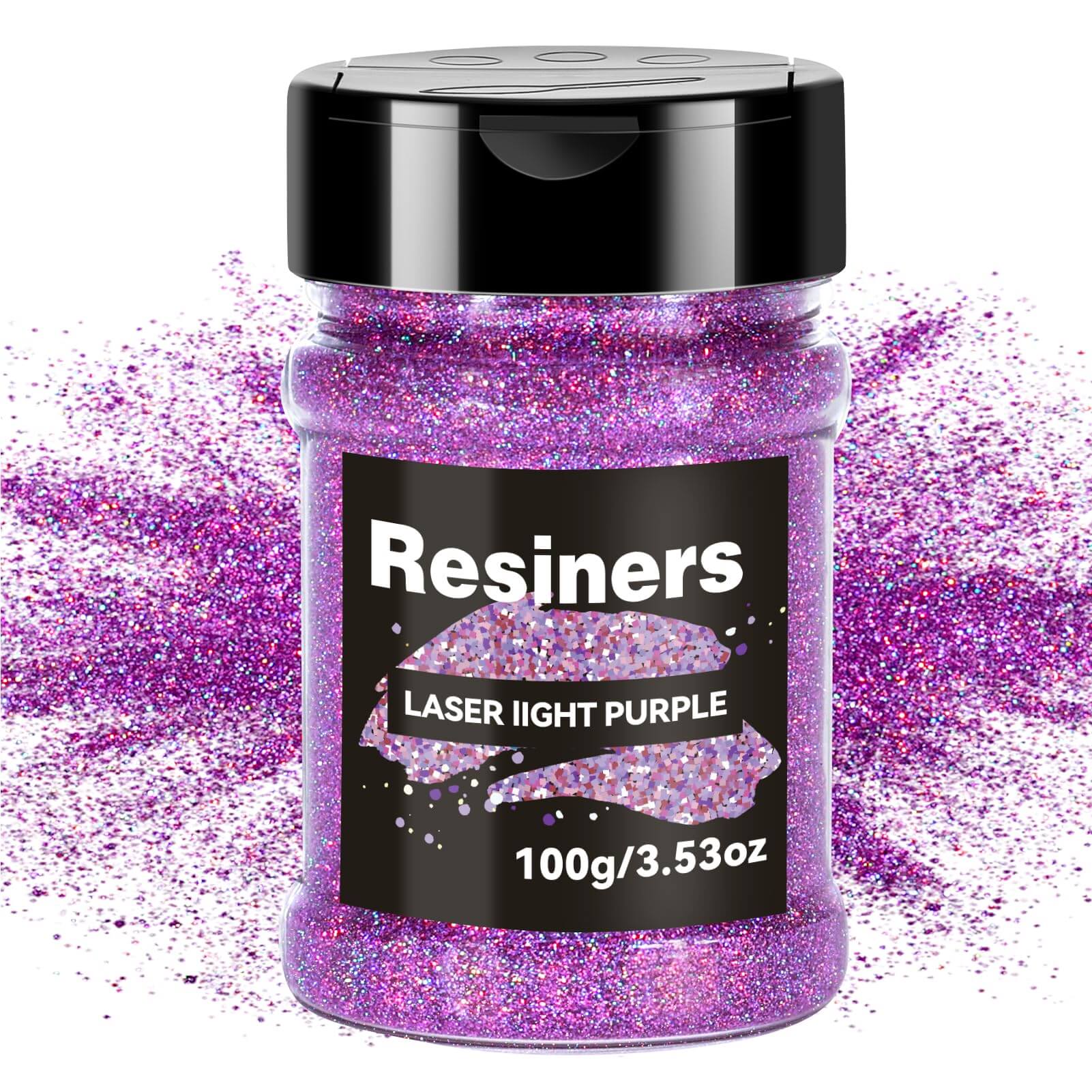Proper resin mixing is crucial for project success, as it can impact the consistency, mechanical properties, and aesthetic appearance of the final product. When it comes to mixing resins, users can choose between manual mixers and powered mixers.
Powered resin mixers, which are electrically or pneumatically powered, come in two main types: dual-head and single-head. Each type has its own advantages and disadvantages, and the choice will depend on factors such as the volume of resin being mixed, the viscosity of the resin, and the specific project requirements.
In this blog post, we'll explore the key differences between dual-head and single-head resin mixers, and help you determine which one is the best fit for your needs.
Dual-Head Resin Mixer

Definition and key features of dual-head resin mixer
A dual-head resin mixer is a specialized tool designed to efficiently combine and blend resin components to create a homogeneous and well-mixed material. This type of mixer features two independently controlled mixing shafts or "heads" that work in tandem to thoroughly incorporate the ingredients, ensuring a consistent and high-quality mixture.
Advantages of using a dual-head resin mixer
- Faster and more efficient mixing: The dual-head design of these mixers allows for a more rapid and thorough blending of the resin components. The two mixing heads work simultaneously, reducing the time and effort required to achieve a well-mixed material, ultimately streamlining your resin-based projects.
- Customized mixing blades for optimal blending: The mixing blades used in Resiners dual-head epoxy resin mixers are carefully engineered to maximize the efficiency of the blending process. By meticulously designing the shape, angle, and positioning of the mixing blades, the dual-head epoxy resin mixer can create a unique flow pattern within the resin.
- Suitability for both low-viscosity and high-viscosity resins: Dual-head resin mixers are particularly well-suited for working with both low-viscosity and high-viscosity resins, which can be challenging to mix effectively using traditional single-head mixers. The increased power and agitation provided by the bigger mixing blades of the Resiners dual-head design help to efficiently blend even the thickest and most viscous resin formulations.
- Hands-free operation: Unlike many single-head resin mixers that require manual holding and operation, Resiners resin mixers often feature a stand or support system that allows for hands-free mixing. This frees up your hands, enabling you to focus on other aspects of your resin-based projects while the mixer does the blending work for you.
- Adjustable mixing speeds: Many dual-head resin mixers offer the ability to independently control the speed of each mixing head. This versatility allows you to fine-tune the mixing process, ensuring optimal results for different resin formulations or project requirements.
Disadvantages of dual-head resin mixer
- Higher upfront cost : One of the primary considerations is the higher initial investment required for a dual-head resin mixer compared to a standard single-head model. The additional components and specialized engineering involved in the dual-head design typically result in a higher overall price point.
- Footprint and space requirements: Another potential tradeoff to consider is the increased footprint and space requirements of a dual-head resin mixer. Due to the additional mixing head and associated components, these machines typically have a larger physical footprint than single-head models.
Single-Head Resin Mixer
Definition and key features of single-head resin mixer
Single-head resin mixer are a type of equipment used for thoroughly blending and homogenizing various resin materials, such as epoxy, polyurethane, or silicone. These mixers feature a single, centrally-located mixing head that rotates within a container, effectively combining the resin components into a uniform, consistent mixture.
Advantages of using a single-head resin mixer
- Simpler design and operation: Single-head resin mixers generally have a more straightforward and uncomplicated design compared to their dual-head counterparts. This simplicity can translate to easier operation, reduced maintenance requirements, and a lower learning curve for users.
- Lower cost: Due to their simpler construction, single-head resin mixers are often more cost-effective than dual-head models. This can make them a more accessible option for smaller businesses, workshops, or individuals working with limited budgets.
- Suitable for smaller or less complex resin projects: For applications that involve relatively small batch sizes or less complex resin formulations, a single-head mixer may be a suitable and efficient choice. These mixers can provide the necessary material homogenization without the added complexity or capacity of a dual-head system.
Potential limitations or drawbacks of single-head mixer
- Mixing efficiency limitation: Compared to dual-head mixers, single-head models may not achieve the same level of material homogeneity, particularly for larger batches or more intricate resin recipes. The single mixing head may not be as effective in thoroughly blending all components.
- Capacity limitation: Due to their single-head design, these mixers may have a more limited capacity in terms of the maximum batch size they can accommodate. Larger-scale resin projects may require the increased capacity and efficiency of a dual-head mixer.
- Potential for incomplete mixing: In some cases, the single mixing head may not be able to reach all areas of the container, leading to incomplete mixing or the presence of unmixed pockets within the resin material.
Dual-Head VS Single-Head Resin Mixer
When choosing between a dual-head or single-head resin mixer, there are several key factors to consider:

Project size and complexity
- Dual-Head Mixer: Ideal for larger, more complex projects that require higher throughput and faster mixing times. Can handle larger batch sizes and accommodate a wider range of material requirements. Provide more flexibility in terms of mixing multiple components simultaneously.
- Single-Head Mixer: Better suited for smaller, less complex projects with lower production demands. More compact and may be more manageable for projects with limited space. Can still handle a range of materials and batch sizes, but may be less efficient for larger-scale operations.
Resin viscosity and material requirements
- Dual-Head Mixer: Capable of handling a wider range of resin viscosities and material types, including highly viscous or other materials. Offer more customization options to optimize the mixing process for specific material requirements.
- Single-Head Mixer: May have more limitations in terms of the range of resin viscosities and material types they can effectively handle.
Budget and cost considerations
- Dual-Head Mixer: Generally have a higher upfront cost due to their more advanced features and capabilities. Longer-term, they may provide a better return on investment for high-volume or complex projects.
- Single-Head Mixer: Typically have a lower initial cost, making them a more budget-friendly option. May be more suitable for projects with limited financial resources or smaller-scale operations.
Scenarios Where a Dual-Head Mixer May Be More Suitable
- Enthusiasts and professional artists with high-volume output requirements.
- Projects involving a wide range of resin types or high-viscosity materials.
- Situations where simultaneous mixing of multiple components is necessary.
- Applications that prioritize speed, efficiency, and flexibility in the mixing process.
Scenarios Where a Single-Head Mixer May Be More Suitable
- Beginners with lower production demands.
- Projects with a more limited range of resin types or material requirements.
- Environments with limited space or budget constraints.
- Situations where a simpler, more compact mixing solution is preferred.
Determining the best mixer for epoxy resin for your project requires a careful evaluation of factors such as project size, material requirements, and budget. By understanding the strengths and limitations of Both Dual-head and single-head resin mixer types, you can make an informed decision that aligns with your specific needs and objectives.
Resiners machines are designed to provide professional resin mixing solutions that help our clients maximize efficiency, quality, and cost-effectiveness. Resiners resin mixer is definitely a trailblazer that can help you largely boost your resin artwork!

To learn more about our resin mixing capabilities and how we can support your project, please don't hesitate to contact Resiners for a consultation. Our goal is to help you achieve your mixing goals with the right equipment and expert guidance.













コメントを書く
このサイトはhCaptchaによって保護されており、hCaptchaプライバシーポリシーおよび利用規約が適用されます。